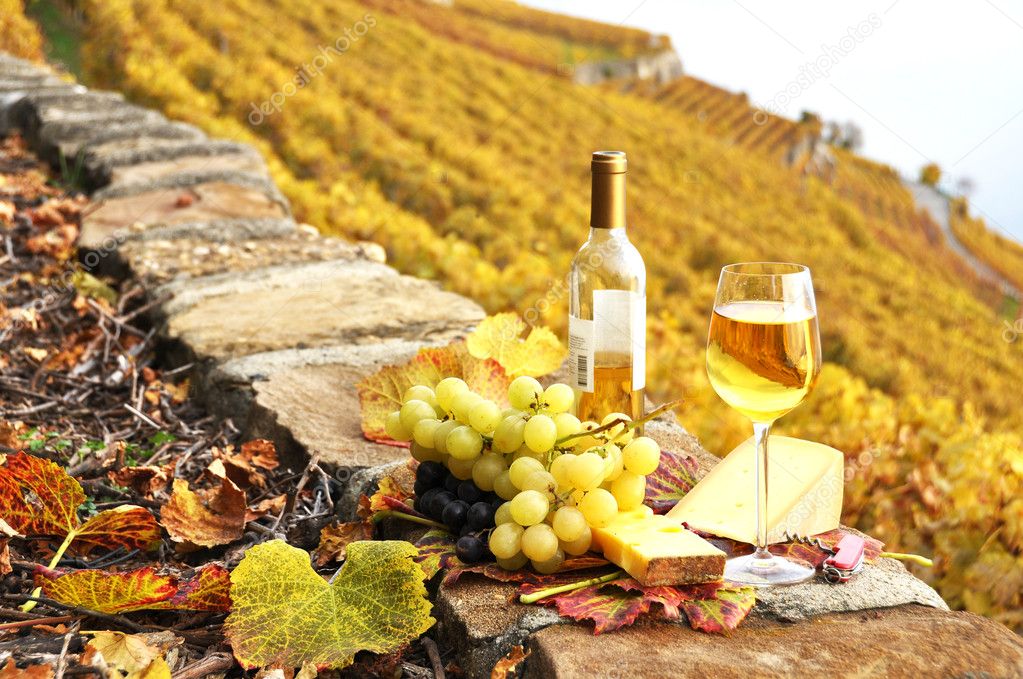
by Happy Welch | Oct 17, 2022 | Stories
Sirro’s, The Audubon’s, Common Grounds, Stella’s, Sara’s Ice Cream, Lions Club Park, Main St. Park

by Happy Welch | Oct 15, 2022 | Stories
Take your pooch and let him/her run around in a 1/2 acre area safely fenced in with lots of fun areas to work off some energy. Please clean up after your pet with provided bags and a trash can. 260 N. 3rd St., Ste. Genevieve, 63670

by Front Desk | Jul 26, 2022 | Stories
The Ste. Geneviève Grape During the 1800s, Ste. Geneviève had its own type of grape. It went by various names, Ste. Geneviève, Amoureux, Red Elben, and American Rulander. It was grown extensively in the Hermann MO and Ohio areas. Today, it is no longer grown. Ste....

by Front Desk | Jul 26, 2022 | Stories
The Roads Less Traveled Ste. Geneviève County is home to three historic roads.Three Notch Road: The earliest was the Three Notch Road that went from Ste. Geneviève to the lead mines at Mine la Motte. The King’s Road: The second road was started in 1779 and...

by Front Desk | Jul 26, 2022 | Stories
The Patron Saint of Paris Did you know the “Ste” in Ste. Geneviève is the abbreviated form of Sainte because the town is named after a French female saint? Ste. Geneviève lived around 400 AD and was well-loved by the French. She is known as the patron saint of Paris...

by Front Desk | Jul 26, 2022 | Stories
ART COLONY Post Marked! A wall in the local post office was the canvas for a special mural commissioned by the federal government. As post offices were being built around the country in the early 1900s, 10% of the budget was directed towards art. Around the same time,...








